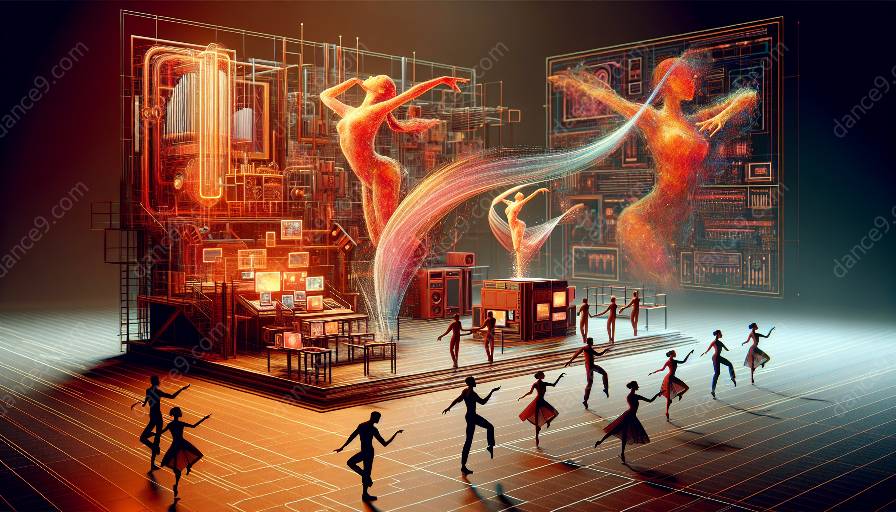As technology becomes increasingly integrated into the performing arts, including dance and interactive installations, it raises important ethical considerations. This topic cluster explores the impact of technology on dance performances and the ethical implications that come with it.
Integration of Technology in Dance
Advancements in technology have facilitated new creative possibilities for dance performances. From interactive installations incorporating sensors and projection mapping to virtual reality experiences, technology has expanded the artistic horizons of dancers and choreographers.
Preservation of Authenticity
One of the key ethical considerations in using technology in dance is the preservation of authenticity. As technology offers opportunities for enhancement and manipulation of movement, there is a risk of diluting the genuine expression and emotion that are inherent in dance.
Privacy and Consent
With the use of interactive technology in dance performances, such as audience participation or data collection through wearable devices, privacy and consent of the performers and the audience become vital ethical concerns. Ensuring that all parties involved are aware of and comfortable with the use of technology is crucial.
Ownership and Attribution
Technology often blurs the line between the roles of choreographers, dancers, and technologists. Ethical questions arise regarding the ownership and attribution of creative input when technology significantly influences the choreographic process and the final performance.
Accessibility and Inclusivity
While technology can enhance the experiences of some audiences, it also has the potential to create barriers for others. Ethical considerations involve ensuring that dance performances utilizing technology remain accessible and inclusive to all individuals, including those with disabilities.
Effects on Employment and Industry
The integration of technology in dance performances may have broader ethical implications related to the employment of dancers and industry practices. Automation and digital enhancements could impact traditional employment structures and raise concerns about fair compensation and job security.
Responsibility in Content Development
As interactive technology offers immersive experiences, particularly in dance and technology installations, content developers must consider their ethical responsibility in creating material that is culturally sensitive and respectful, avoiding potential exploitation or misrepresentation of cultural and social themes.
Conclusion
Considering these diverse ethical considerations, it is evident that the intersection of dance and technology requires thoughtful reflection and responsible decision-making. By navigating these ethical challenges, the dance community can harness the potential of technology while upholding the integrity and inclusivity of the art form.

































